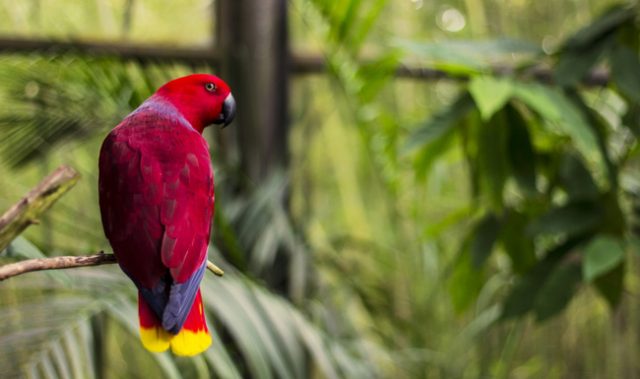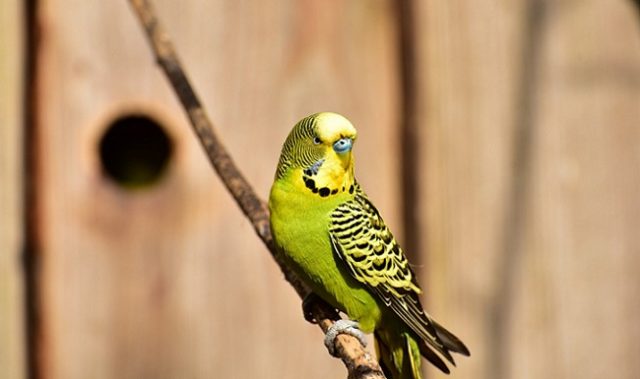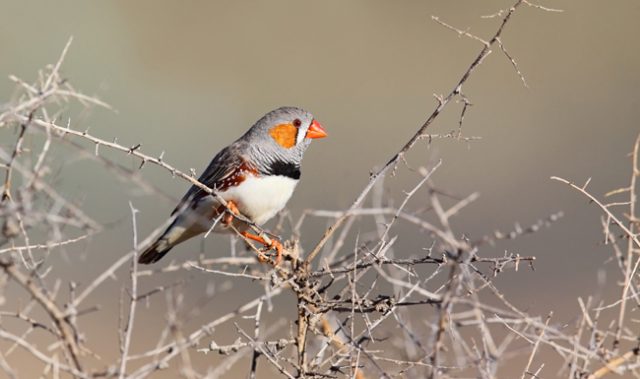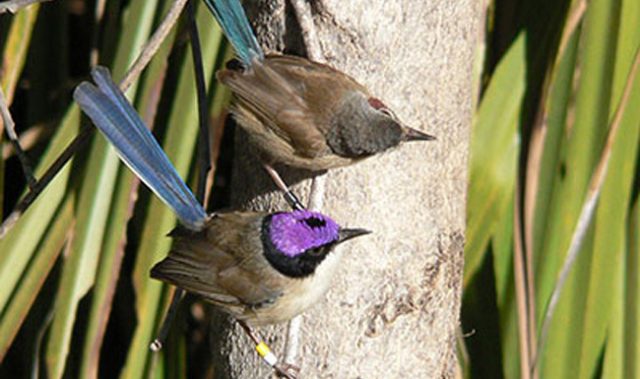
Asian Scientist Magazine (Aug. 25, 2022) — Using two large data repositories, a team of researchers from Griffith University found that historically prominent Australian backyard birds have decreased in all four areas under study—namely, Greater Brisbane, Greater Sydney, Greater Perth, and Greater Melbourne—over the last few decades. In contrast, a small group of native urban exploiters has seen an uptick in numbers.
The research team traced these changes in bird populations to the expansion of cities and urban spaces, as well as the removal of trees, plants, and shrubs that serve as habitats for backyard birds.
Among the declining species of birds observed in the study are rare and threatened birds. But the list also includes birds that are considered common or iconic in Australia, like the galah and kookaburra. These findings don’t reclassify these well-known birds as uncommon, but they do highlight that they have become drastically less common relative to other bird species in recent years.
Birds that are becoming more prevalent, like the noisy miner, tend to do well in urbanized spaces, with their tall isolated trees and nectar-rich plants. However, they also spell trouble for other bird species, as these aggressive birds drive others out.
Lead researcher and Griffith University School of Environment and Science PhD candidate Carly Campbell explains that the shifts in bird populations also indicate that larger birds tend to fare better in cities. “Usually this is because they can exploit more resources and are probably less vulnerable to predators, “ she told Asian Scientist Magazine. “Ground-nesting birds tend to fare much worse, as they have cats, dogs, cars and people to deal with.”
The study was made possible by citizen science data, or information submitted by bird enthusiasts and regular citizens, collected in two large data repositories.
The first is BirdLife Australia’s BirdData, which has over 18 million Australian records. The second repository is the Cornell Lab of Ornithology’s eBird, a global program with 600 million observations. Both repositories have been collecting data since 1954. The team extracted data concerning the areas under study for the analysis.
This growth of a few key species alongside the decline of many others supports a theory that scientists call biotic homogenization, which poses a threat to the biodiversity of any ecosystem, as well as the human communities causing it.
That’s because aside from their valuable work as pollinators, birds also work to protect against bushfires. Campbell cites the example of lyrebirds, which turn over leaf litter and lessen the likelihood and intensity of fire.
The study, published in Biological Conservation, highlights the importance of analyzing urban bird populations and their changes over time. Though various studies have long documented patterns among these urban birds and the mechanisms driving them, the Griffith University study highlights how it’s more important than ever to look into the changes in the composition of urban bird communities, and which species are slowly disappearing.
“It’s often the really rare or threatened species or the really charismatic ones that get a lot of research attention, but sometimes what’s happening to their communities as a whole can fly under the radar,” Campbell says.
“So a lot of those considered common or non-threatened species might not necessarily have a lot of check ins, and the worry is that this kind of complacency about the conservation of these species might result in us missing some declines that are happening as our environments are changing so rapidly.”
Campbell says that paying attention to plant life in cities and suburbs is key, as what we do with our vegetation determines which species are able to thrive in our gardens and communities.
“Planting more diverse forms of native vegetation, particularly less nectar-rich species like wattles and she-oaks, can help maintain a diverse ecosystem that keeps encouraging a diversity of bird life to thrive in our cities and suburbs,” she said.
The same advice goes for homeowners, but Campbell has some recommendations for their four-legged friends, too. “Cats are also a big threat to birds in urban areas, so it is very important to keep cats indoors,” she says.
Lastly, participating in citizen science programs like BirdData and eBird can help make more research like this possible, and conserving backyard bird diversity more achievable in the years to come.
“The amazing thing about citizen science data is the scale of the data, both over time and spatially,” explained Campbell. “It would be prohibitively expensive and difficult to manage professional, long-term monitoring of the species we have looked at. Using these data allowed this study to be feasible, when it otherwise would not be.”
—
Source: Griffith University ; Image: Shelly Liew
The article can be found at: Big changes in backyard birds: An analysis of long-term changes in bird communities in Australia’s most populous urban regions












